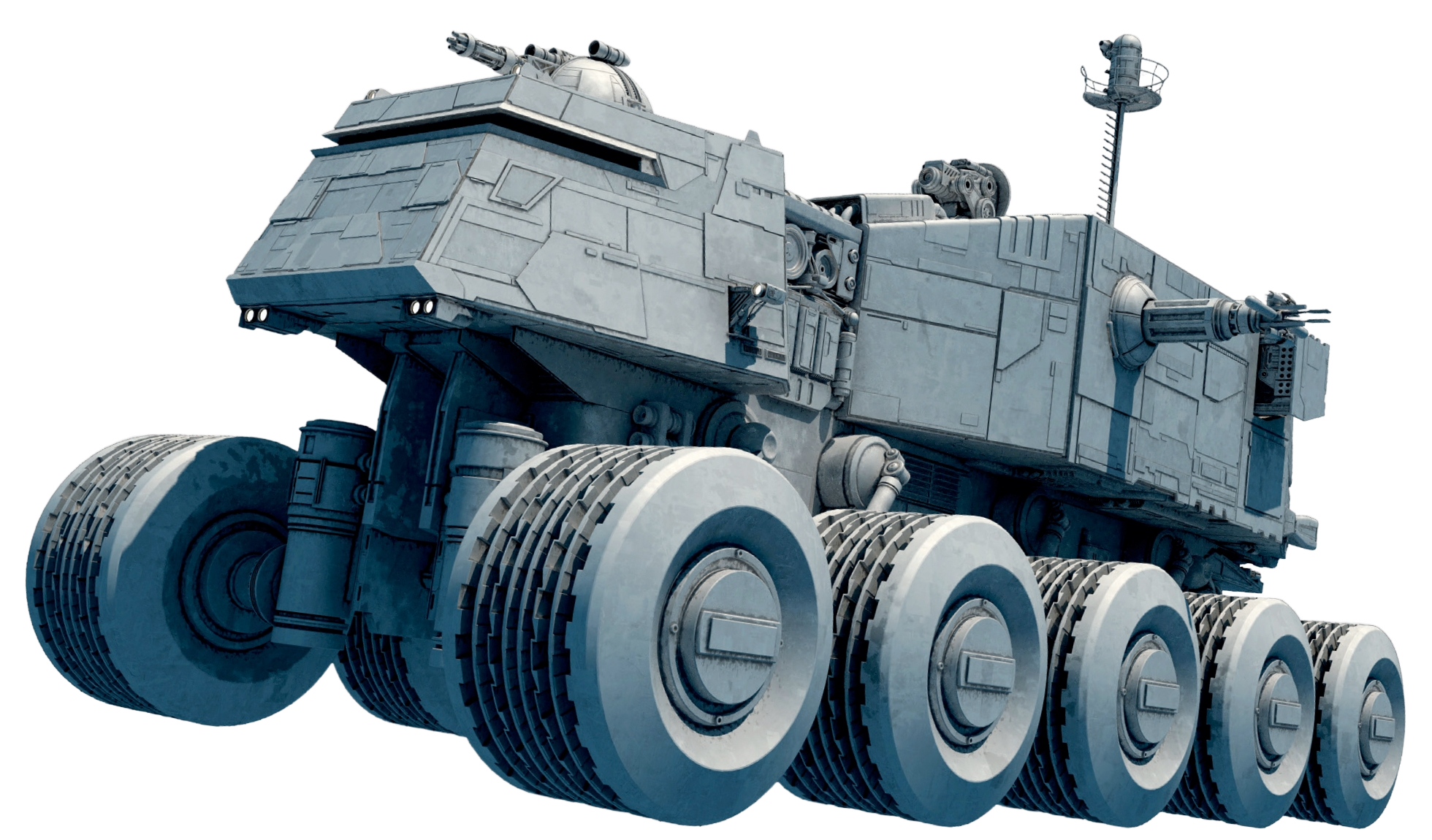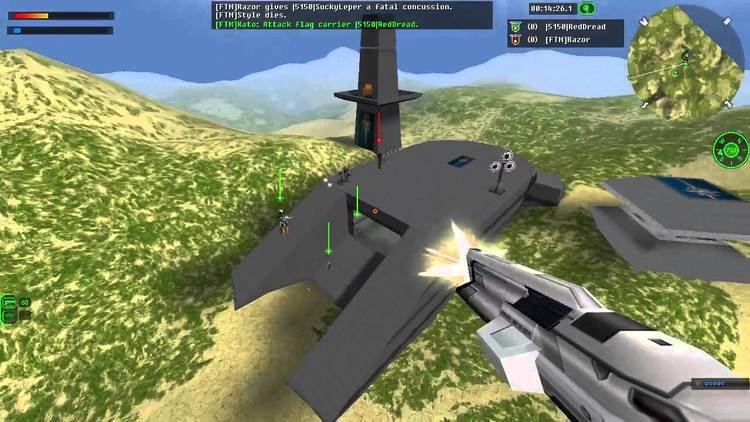

Initially, the Celts were an agricultural people, inhabiting palisade villages (defending against both enemies and beasts). But beginning with the 2nd century BC, the Celts in Central Europe were removed by the Germanic tribes.Ģ. During the 3rd century BC, the Celts entered Asia Minor (today Turkey). The Celts descended along the Danube and entered Northern Greece and Thrace, having bloody conflicts with the Dacian tribes around the Carpathian Mountains. The British pre-Celt populations used to bury their dead in large stone tombs called dolmens and practiced a cult of the Sun, involving huge monoliths (like in the case of Stonehenge) in their rites. The Britons forced the Goidelic Celts to leave for Ireland.


During the 3rd-2nd centuries BC, the Briton and Belgae (from modern Belgium) Celts entered Britain. During the 8th century BC, the Goidelic Celts entered Britain (inhabited, by those times, by pre-Indo-Europeans). In southern France, they even attacked the Greek colonies, like Massalia (today Marseilles). They occupied most of present-days France and, through the Pyrenees Mountains, they entered the Iberian Peninsula, colonizing its west and north and creating powerful walled settlements. During the La Tene epoch, between the 5th and 1st centuries BC, the Celts were involved into an expansion movement. The Celts developed a skilled iron metallurgy and this allowed them to produce powerful weaponry. Four millennia ago, the mix between one of the first waves of Indo-Europeans and pre-Indo-Europeans populations gave rise to the Celts, in the (nowadays) southern Germany, between the river Rhine and Danube.


 0 kommentar(er)
0 kommentar(er)
